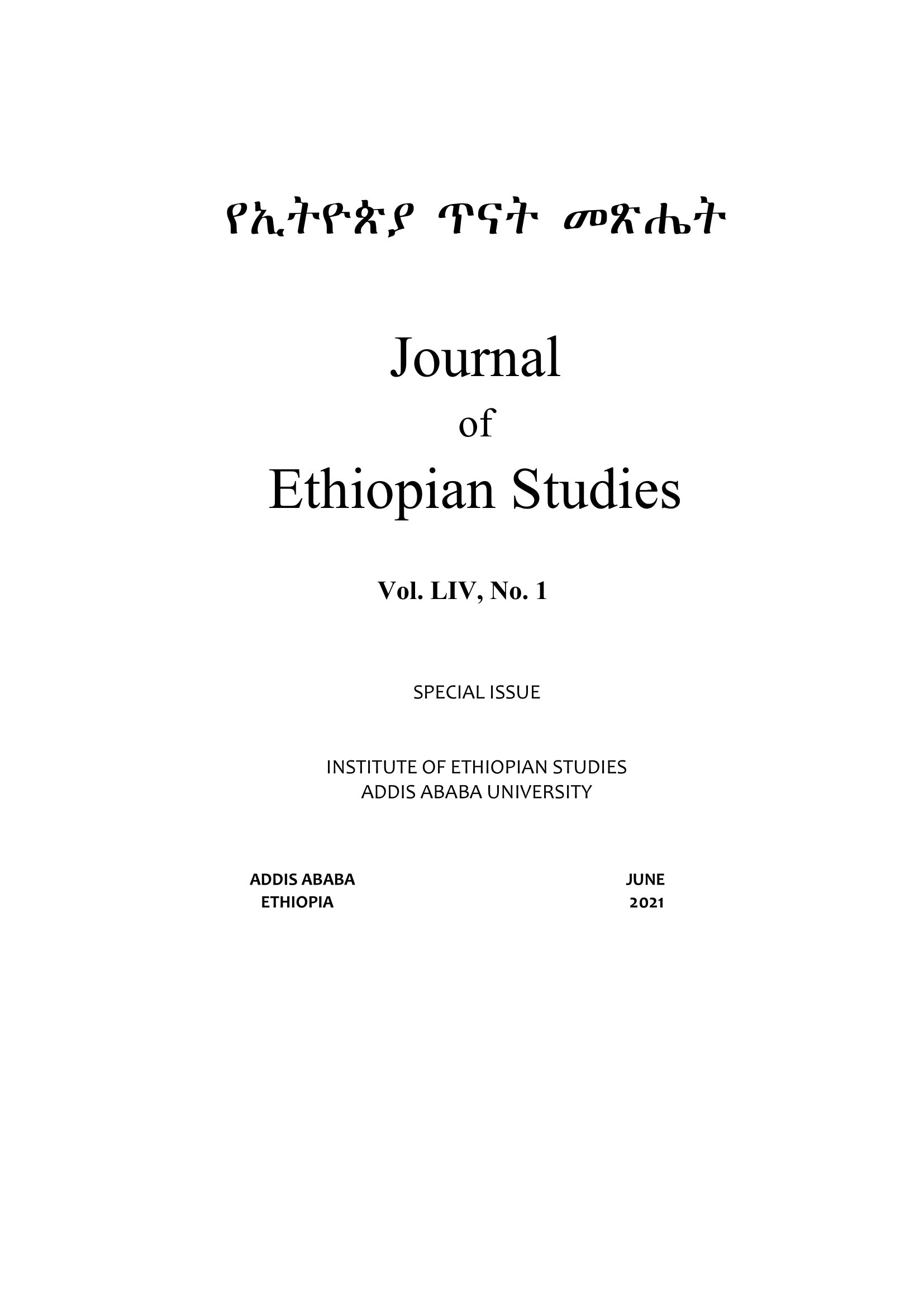The Pronominal System of Omotic Mao Languages
Abstract
This paper presents a description of the pronominal system of three of the four Omotic Mao from the perspective of historical comparative study. Omotic Mao languages exhibit considerable variations and similarities in their pronominal system. Their variation is manifested in terms of their dissemblance in form, number, grammatical feature marking etc. The formal resemblance of pronouns in the three languages is minimal. Maaw Es Aas’e consists of nine pronouns. But Seez Waani and Hooz Waandi have seven pronouns each. Each language in the group has its own peculiarities in marking grammatical features. Marking dual number in the pronominal system is a feature observed only in Maaw Es Aas’e but not in the remaining two sister languages. Making distinction between the inclusive and exclusive in the first person plural paradigm is a feature attested in Seez Waani but not in the remaining two sister languages. Masculine and feminine gender marking in the third person plural paradigm is a feature recorded in Hooz Waandi but not in the remaining sister languages (save Ganza). In Maaw Es Aas’e and Seez Waani independent subject pronouns display case suffixes. Subject pronouns also occur as proclitics on verbs and auxiliaries. In Hooz Waandi, independent subject pronouns do not show subject case. Verbs and auxiliaries do not take pronominal clitics (or affixes) to agree with their subject. Direct and indirect object pronouns in Maaw Es Aas’e and Seez Waani manifest accusative and dative case markers, respectively. In Hooz Waandi, direct object pronouns lengthen their root internal vowels. Indirect object pronouns display the dative case morpheme. In Maaw Es Aas’e adnominal possessive pronouns may or may not occur with or without the genitive case marker. The genitive case marker is obligatory on pronominal possessives. In Seez Waani and Hooz Waandi the genitive case marker is used only with pronominal possessive pronouns. Adnominal possessive pronouns do not display the genitive marker. The languages also employ different strategies to mark the reflexive in the pronominal system.
